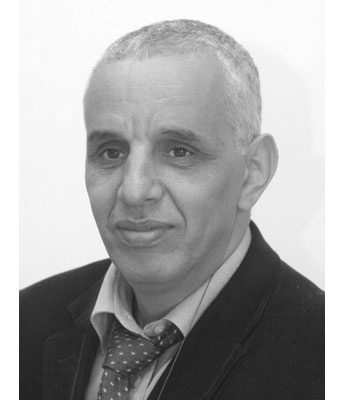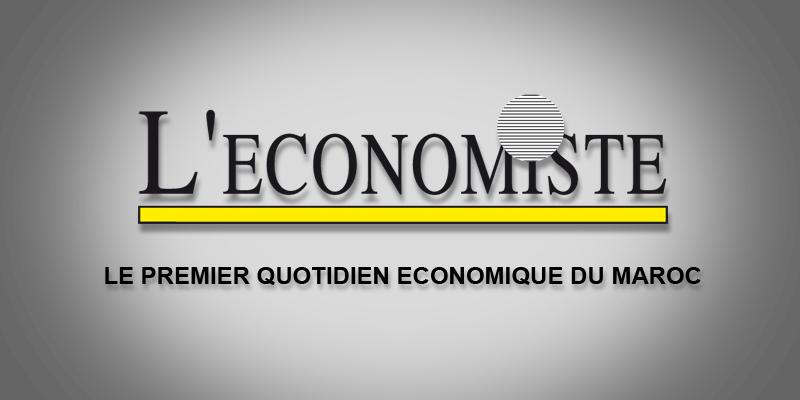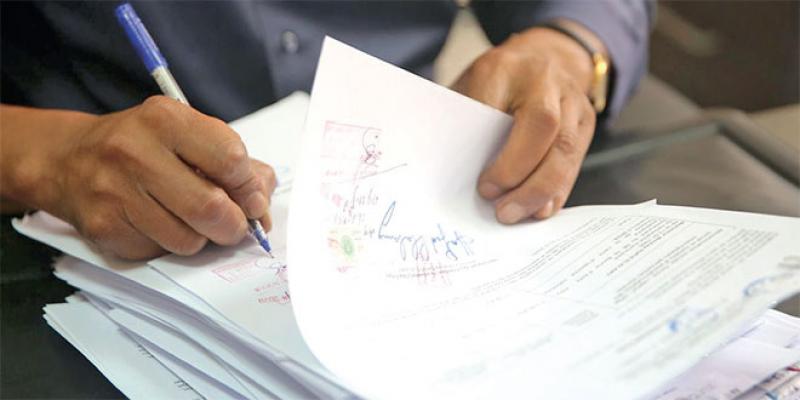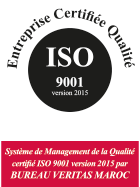Over the first two months of 2023, exports of Moroccan handicrafts amounted to 201 million dirhams (USD 20 million), which represents growth of around 36% compared to the same period last year ( 2022).

At the origin of this export performance is "a growing international demand, more efforts in the promotion of artisanal products on the international market, fairs, and exhibitions, as well as the enthusiasm for authenticity and handmade products …” or even the World Cup effect of Qatar which has aroused an unprecedented outpouring of international sympathy for Morocco since November 2022. The figures for foreign tourist arrivals also prove it since they go in the same direction. Per type of sector, traditional clothing has reached the top ranks of the most popular products. Indeed, clothing (kaftan, djellaba, burnous, slippers, scarves, etc.) is positioned in the top three of the most popular product families abroad, alongside pottery and Moroccan carpets. Traditional clothing occupies the third place on the podium in terms of export turnover, with respective market shares of 15, 32, and 22%. In terms of evolution, the three sectors (clothing/pottery/carpets) achieved respective growth rates of around 26, 50, and 59% compared to the first two months of last year. These flows of Moroccan products, which embody an ancestral art, transmitted for several centuries, mainly pass through the business capital, Casablanca, which is the first point of exit towards international markets. Indeed, the share of global exports of handicrafts having transited through Casablanca amounts to 52%, i.e. an increase of 34% year-on-year.
Moreover, Marrakech is the leading production city for exported items (45%). Per export market, demand comes from the United States, Europe (mainly France), and countries in the Middle East. Curiously, the United States has become the largest importer of Moroccan handicrafts. The US posted a sharp increase in market share (41%) and thus achieved exceptional growth of around 79% compared to the first two months of last year. France comes in second place with a market share of 18%. Arab countries follow in third position with some 10% of the total export turnover. Morocco is, it should be remembered, a country which has several sectors with high development potential in the craft industry. The main prod uction cities are Marrakech, Fez, Meknes, Salé, Safi, Agadir, Ouarzazate, Tazenakht (in the Tafilalet region) or Zagora… The main craft activities include pottery, clay/terracotta work, tannery, leather goods, slippers, bags or even jewelry and accessories, textiles (djellaba, kaftans…), textile articles, decoration, small furniture, zellige, plaster, and chandeliers…
Amin RBOUB

























